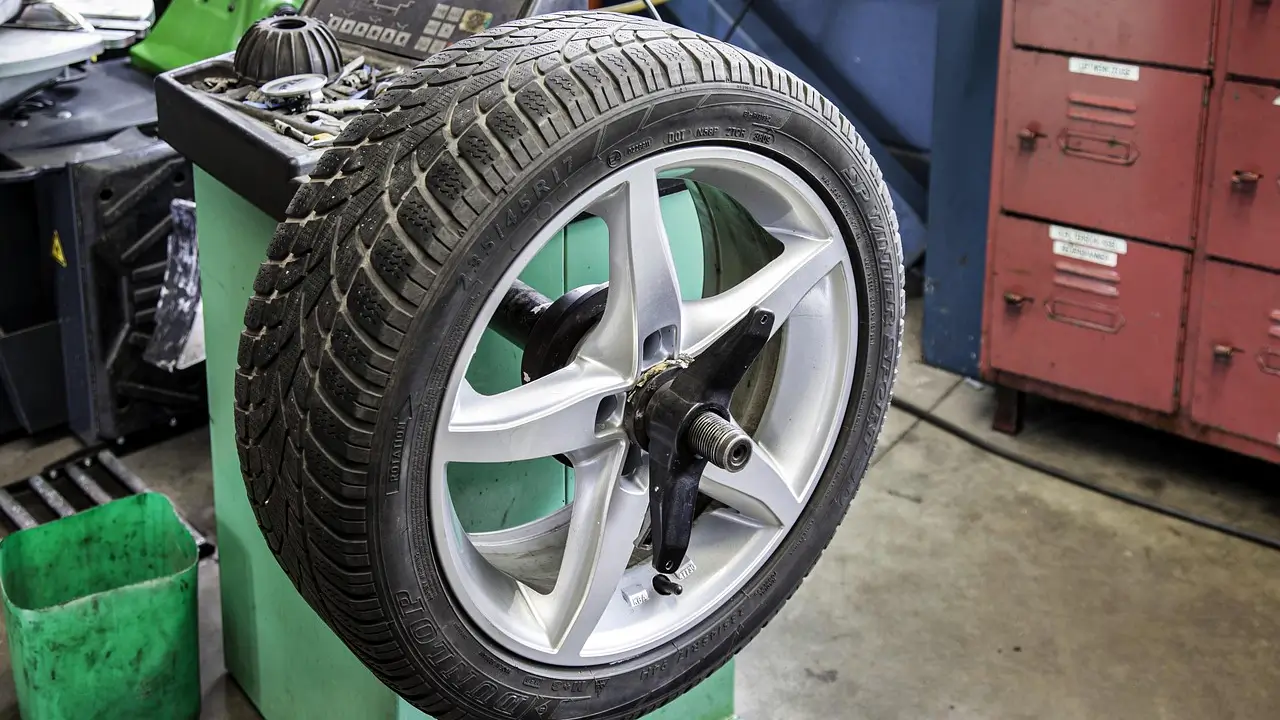Tire rotation is a part of vehicle maintenance that ensures safety, increases tire longevity, and improves overall performance. Drivers may avoid uneven wear, maintain correct traction, and improve fuel efficiency by rotating their tires regularly.
Why Tire Rotation is Essential
Ensures Even Tire Wear
Tire wear rates vary based on the position of the vehicle. Front tires are often more worn due to steering and braking forces, particularly in front-wheel-drive cars. Rotating the tires distributes wear more evenly, extending their lifespan and guaranteeing constant performance.
Enhances Safety and Performance
Improper handling, less traction, and a higher chance of blowouts can result from uneven tire wear. By keeping all four tires at a consistent tread depth, rotating tires increase traction on the road, especially in icy or rainy conditions.
Maximizes Fuel Efficiency
Unevenly worn tires increase rolling resistance, which puts weight on the engine and increases fuel consumption. Maintaining ideal tread depth and alignment through regular rotation improves fuel efficiency.
Prolongs Tire Life
It might be costly to replace an entire set of tires. By leveling wear patterns, postponing the need for premature replacements, and ultimately saving money, tire rotation helps tires last longer.
Prevents Suspension and Alignment Issues
The suspension system of the car may have imbalances as a result of uneven tire wear, which may compromise stability and ride pleasure. By detecting alignment issues early, routine rotation can help save expensive repairs.
How Often to Rotate Tires
The recommended frequency for tire rotation depends on several factors, including the type of vehicle, driving habits, and road conditions. However, general guidelines suggest the following:
Every 5,000 to 7,500 Miles
Tire rotation should be done around every 5,000 to 7,500 miles, according to tire manufacturers and experts. Because this time frame aligns with routine oil changes, it is convenient to complete both maintenance activities.
Check Vehicle Manufacturer Guidelines
More frequent rotations may be necessary for some cars, particularly those with high-performance or all-wheel-drive (AWD) systems. For detailed advice, always consult the owner’s handbook.
Consider Driving Conditions
Tire wear may accelerate if a car is often driven in harsh weather, over uneven terrain, or while pulling large weights.
Monitor Tire Wear Patterns
Regularly inspect tire tread depth and look for signs of uneven wear. If one set of tires appears to be wearing faster than others, a rotation should be performed immediately, even before the scheduled interval.
Tire Rotation Patterns
There are several rotation patterns, and the best one depends on the type of drivetrain:
Front-Wheel Drive (FWD):
Shift the front tires to the back on the same side.
Move the rear tires to the front while switching sides.
Rear-Wheel Drive (RWD):
Relocate the rear tires to the front on the same side.
Transfer the front tires to the back and flip sides.
All-wheel drive (AWD) or Four-Wheel Drive (4WD):
All four tires should be moved diagonally in an “X” shape.
Alternatively, it can combine side-to-side and front-to-back rotations.
Directional Tires:
Only rotate the directional tires from front to back on the same side of the car if it has them.
Conclusion
Tire rotation is a critical component of vehicle maintenance. Regular rotations guarantee even wear, increase safety, boost performance, and extend tire life. Following the manufacturer’s instructions and modifying the rotation schedule based on driving circumstances can help you optimize the benefits. Tire rotation can help drivers save money, improve fuel efficiency, and have a smoother and safer driving experience.
- Nearly 30% of UK Drivers Believe Car Tax Should Be Based on Mileage — Survey
- Why Planes and Boats Escaped the Luxury Tax But Cars Didn’t
- Australia’s Headlight Confusion: Authorities Warn Drivers After Viral $250 Headlight Rule Goes Wild Online
- 2025 Hyundai Venue Facelift Launched in India – Full Details, Variants, and Price
- Royal Enfield Bullet 650 Unveiled at EICMA 2025: A Classic Legend Returns
